|
What a month it's been! Starting out frozen with heavy snows, switching to summer 70s, then landing in-between in what feels like a way too early spring - but the redwing blackbirds, spring peepers, and crocus are thinking it's time. What will next month look like? Only time will tell. Barnes Preserve - February 6thA lovely peaceful snow covered walk. Most of the preserve was quiet but this red bellied woodpecker was inspecting this tree, resting its head listening for insects (presumably), then skipping up to another area to check again. Cemetery Rd - February 6thOutlining part of the Killbuck Marsh Wildlife Area is Cemetery Rd, a great place to observe waterfowl. This trip was fruitful as the few open areas of water were packed with swans, ducks, and geese (although I was too far for a proper id). None of the birds seemed to be bothered as the train roared past. A little further down the road Canada geese and Sandhill Cranes were flying around and eating from the field. It's really something to be able to see so many of these birds together in one place. Force Rd - February 6thAnother favorite section of the Killbuck Marsh Wildlife area is where Force Rd dead ends, it's another great place for birding, we've seen everything from warblers to soras enjoying the wetlands. This trip was pretty quiet until a flock of birds flew past that I couldn't quite identify, they had tiger stripes on the undersides and made a wonderful wining coo as they flew over - thanks to the wonderful facebook birding groups we were able to identify them as White-fronted geese! A completely new bird for me! Funk Bottoms Wildlife Area - February 13thTemperatures still chilly but the skunk cabbage is still pushing its way up through the snow and ice. All the water on the marsh is still frozen, no birds yet. Wooster Memorial Park - February 13thAlthough the sun was warming up the ground, a lot of the trails were still quite icy. I wanted to see some of the new bridges and overlooks on the Kenwood Trail. With the leaves down and the snow settled the views of the water cutting through were gorgeous (no pun intended). Wooster Memorial Park - February 21stThe warmth, sun, and rain has completely changed the forest making it feel much more like spring than late winter. The spring beauty leaves are poking up through the leaves, vernal pools are filling, and rathburn run is speeding right along (don't forget your boots and hiking sticks when you go out!). A favorite part of hiking in the rain is the colors, how saturated and full of life all the plants, mosses, and lichen are. You can breathe in all the rejuvenating smells and come back from your hike more refreshed than when you started!
2 Comments
The Blue Jay, one of the most easily identifiable song birds, living from the east coast to Nebraska and south. As a regular at backyard feeders, look for a flashy blue crest and a loud call, it's hard to mistake this bird for any other.
While these birds are quite common, there is still so much we don't know about them. Such as their migratory patterns, thousands of Blue Jays migrate in flocks along the Great Lakes & Atlantic coasts, yet some remain present throughout winter in all parts of their range. Some jays migrate south one year, stay north the next winter, then south again, where as others won't. No one has figured out why this happens. Jays will also use their abilities as mimics to make the call of a hawk that will send the other birds at a feeder flying allowing the jay to feed in peace (for a few minutes). When calm, blue jays will lower their crests, especially when with family, flock members, or tending to nestlings. When we see Blue Jays, we see them as blue, however the actual pigment in the jay's feathers is melanin which is brown. We perceive the blue color due to the scattering light through modified cells on the surface of the feather barbs! Blue Jays make use of the black bridle across the face, nape, and throat to identify each other as this tends to vary extensively from bird to bird. These birds have been credited to re-populating oak trees across the country after the last glacial period as acorns are a top food source for this bird. In Native American myths, the blue jay is said to have had a beautiful voice, so beautiful it became overly proud of it. To punish the bird, the gods changed the song to the harsh croak that we know today. The jay's strong family bond reminds us to take a look at our own family/community situation, are you paying enough attention , do you need to work on closer relationships? The familiar talkativeness of the blue jay, combined with its blue feathers (the color associated with the throat chakra) may be urging you to take a closer look at your own communication skills. Are you speaking your truth or just making noise with no real purpose? Follow higher ideals and nourish your spirituality. While I don't like to get ahead of myself, it's so important to embrace each season as a whole rather than longing for past or future seasons, this warm spell has certainly awoken the Earth and the unmistakable signs of spring are popping up everywhere. Early plants are already making their presence known adding spots of green across the forest floor. With the heavy rains we've been having the mosses and lichen are showing off their bright green glows, it almost looks like a rainforest in certain areas. Vernal pools are filling with water in preparation for frogs and salamanders to emerge from their winter homes and gather here to mate. The rains have also brought the rivers and streams back to life falling and tumbling over rocks and boulders. Although it seems the forest is waking up, it's still quite early and we have another month until spring is here. It has been a refreshing interlude though.
Don't let a dreary forecast stop you from enjoying the great outdoors! As spring approaches, we will be having more and more rainy days, that doesn't mean you should stay indoors, hiking in the rain has many benefits! Why should you hike in the rain?
How to make the most of your rainy day hike.
These few precautions can open up a whole new world to you, one you may think you already know. This spring do something different and take a hike out in the rain!
The American Crow, one of the smartest, most adaptable birds, has learned to make man's world his own.
They can be found everywhere from corn fields, open beaches, to town centers and forests. Their diet consists of earthworms, insects, small animals, seeds, and fruit. They have also been known to eat garbage, carrion, and chicks they rob from nests. In flight they have a unique style of consistent, even flapping, very rarely gliding (this can help to differentiate between crows and turkey vultures). Although a crow family maintains their territory (all living and foraging together), during much of the year individual crows will spend part of the day with their family and the other part out with large flocks of other crows at dumps and agricultural fields. They have been known to make and use tools - using a cup to gather water and carry it over to a bowl of dry mash - shaping a piece of wood then sticking it into a hole in a fence post to search for food. Crafty as foragers they'll work with (or against) other animals to get what they want - distracting an otter to steal its fish - following Mergansers to catch minnows the ducks were chasing into the shallows. The crow in folklore. The crow knows it's the smartest of birds and embraces this knowledge to the fullest. It is said it is so smart it has chose to stay a crow rather than move on to some other area of evolution. Being able to outsmart most birds, animals, and even humans, it is the master of its world. Black is the color of creation, night gives birth to a new day, the crow reminds us that magic and creation are potentials very much alive during the day. Wherever crows are there is magic, symbols of creation and spiritual strength reminding us to look for opportunities to create and manifest the magic of life. They are messengers calling to us about the creation and magic that is alive within our world everyday and is always available. Lately we've been seeing more and more goldfinches at our feeders. In the winter, goldfinches don't migrate, instead they lose their bright yellow breeding colors allowing them to blend in nearly seamlessly with the sparrows.
An indicator of spring is the color of these little birds, as their numbers have been increasing a fine yellow hue is slowly hinting just under the winter coats. Soon molting goldfinches will be easily spotted with patches of yellow mixed with gray. Goldfinches are one of the few strictly vegetarian birds. If a cowbird lays its eggs in a goldfinch's nest, the hatchlings rarely survive due to the plant based diet of the goldfinch. Dark eyed juncos can be found only in North America, in the winter all across the US, enjoying feeders, fields, forests, parks, and gardens. Their colors are reminiscent of a winter's day, snow on the bottom, dark cloudy skies above.
There are many different dark-eyed juncos, those that visit us are the slate colored variety. In the summer they nest in Alaska and Canada often in coniferous forests. It was at one time fabled that the dark-eyed juncos were chipping sparrows in winter plumage due to their size and similar songs (they're not). They have also been used to predict the weather - early in the winter if many juncos are congregating at a feeder, cold and snow will soon follow. Once they are no longer around, winter's end is near. We live in a unique area where the territories of the black-capped chickadee (found in the north) and the Carolina chickadee (found in the south) overlap. The similarities of these two birds are so vast it's easy to mix them up, but if you listen closely, you'll hear the difference.
In their songs the Carolina Chickadee has a four point whistle -one, v two, ^three, -four where as the black-capped chickadee has a two point whistle (this whistle always reminded me of a rusty swing swaying back and forth) ^one, v two Their chick-a-dee-dee-dee songs are slightly different as well - the Carolina's song is sung faster than the Black-Capped. An interesting fact about this song is the number of 'dees' sung in succession signify the level of danger that is around. If you're unable to listen, there are a few visual clues... Carolina Chickadees have a 'cleaner bib' - the black line is much straighter (I remember this by thinking of state lines) where as the Black-capped can have a bit of a gradient going down its chest. The Black-capped can also be identified by the more visible white wing bars when its wings are folded, where as the Carolina appears more solid. Using these clues, what kind of Chickadee is in the photo above? I suspect it's a Carolina. The thing is, in this area where the two meet, they have hybridized, so we get appearances of one, the song of another, and any number of combinations. So don't get too caught up in being a stickler about which one it is (life's too short to get upset over birds). These birds are so highly adaptable it has been found that every autumn the Black-capped allow brain neurons containing old information to die, replacing them with new neurons to they can adapt to changes in their social flocks and environment! As a totem animal, the Chickadee -and its cap- bring awareness to a higher perception, awakening a higher mind and stimulating the thinking process. To the Cherokee Indians, the chickadee is the bird of truth. It helps us to pinpoint truth and knowledge. One tale speaks of a witch who terrorized the entire tribe, waiting in hiding then ambushing and killing any passer-by. As the witch was mainly made of stone, she was unstoppable, until one day a chickadee landed on her, showing the tribe warriors exactly where she was vulnerable allowing the tribe to defeat her. The Chickadee reminds us to live in a truthful manner that adds cheer and joy to your own life and the lives of others (unless you're a stone witch). Gathering in large flocks in wetlands, these giants of the sky are easily identified by the rattling dinosaur-like calls that can be heard over 2.5 miles away! (Listen HERE)
In recent years they have become regulars to our area being regularly spotted out at Funk Bottoms Wilderness Area and the Killbuck Marsh (not to be mistaken for the Great Blue Herons and the Great Egrets that also regular the area). This particular flock was spotted just on the outskirts of the Killbuck Marsh a few days ago. With a spotting scope you can observe their nesting grounds off of Force Rd. While their numbers have been increasing regularly, there is still a concern of the rapid draining and development of important wetlands where they nest and congregate. Cranes can be found on every continent except Antartica. There is much lore surrounding the crane- Throughout Asia it is symbolic of happiness and eternal youth. In Japan it is a mystical creature symbolizing good fortune and longevity. In China, as a symbol of immortality, a mortal who attains immortality is carried off by a crane or sometimes has magical abilities to transform into a crane in order to fly on various journeys or adventures. An ancient Japanese legend promises that anyone who folds a thousand origami cranes will be granted a with by a crane. Having a crane as your totem welcomes longevity and creation through focus. As a bird of the waters, it can teach you to express your own feminine energies. The Eastern Bluebird - in the early 20th century, these little brightly colored birds were put in jeopardy due to the introduction of the House Sparrow and European Starling to North America. As the sparrows and starlings took over the nesting cavities in trees that the bluebirds depended upon, the bluebird population dropped significantly and after a few bad winters these birds were almost wiped out of Ohio all together. Then in the 1960s & 1970s, conservation groups established bluebird trails and nest box campaigns which have significantly impacted the number of bluebirds in the area. Thanks to these efforts, we can now enjoy bluebirds once again.
These birds can be found in open country near trees, preferring little understory and sparse ground cover. The photo above was taken at the bog, but they are also regulars at Barnes Preserve. They are generally not in-town backyard feeder birds (unless you feed mealworms), as their main diet consists of insects in the spring and summer, and berries in the winter. Although they had been a harbinger of spring, these birds can now be found year round in parts of Ohio, though many still migrate to the south in winter. Folklore of the bluebird The bluebird brings a reminder to enjoy yourself, to not let yourself get wrapped up in everyday life and let the little pleasures pass you by. To be modest, but embrace confidence and happiness. The Pileated Woodpecker is one of the most easily identifiable birds in the forest. Roughly the size of a crow, its black and white face stripes topped with a bright red crown make this bird easy to spot from quite a ways away, although you probably heard its drumming or speedy laugh-like call long before spotting it!
They can be found in mature woodlands of nearly every type - hemlocks in the Northwest, beech and maple forests in New England, even cypress swamps in the Southeast. Occasionally they can be found in suburban areas with large trees and patches of woodland. Their main source of food is carpenter ants, but they will also eat wood boring beetle larvae, termites, caterpillars, cockroaches, grasshoppers, even fruits and nuts. They make large rectangular holes that can be a foot or more long that go deep inside the wood often pursuing the tunnels of carpenter ants. They will also use their long, barbed tongues to extract beetle larvae and termites. In order to make such large holes these birds will use their long necks to pull far away from the tree them make powerful strikes with their bills pulling in with their feet to increase the strength of the blow. By studying how these birds use their bills to break into trees without getting concussions has led (and is leading) into research into how best to protect humans who are prone to concussions (think football players, seizure sufferers, etc) against these types of injuries. Interesting fact - there is a specific bone that exists in both birds & humans, the hyoid bone, located near the middle of the neck. In the woodpecker this bone wraps all the ways around the actual skull acting like a seatbelt for the brain, minimizing the impact. Granted there are many other factors (birds don't have floating brains like we do) that equip birds (and sheep, deer, etc) to be able to handle blunt force trauma to the head, by studying these animals, we'll be able to create technologies to protect against concussions. The vocal range of this bird is spectacular, if you remember the Woody Woodpecker show, this character is based off the Pileated all the way down to the 'laugh'. Check out the variety of sounds HERE. In folklore, this is a very important animal totem. This bird is connected to the heartbeat of the Earth itself. The drumming often indicating forthcoming changes. The red found in the head area reflecting a stimulation of mental activities and the head's chakra centers. Stimulating and awakening new mental faculties. Sometimes it will arrive to drum up new rhythms in your life, or to create the awareness that you need to do so. Their undulating flight pattern reminds us to take our own flight, find our own rhythm, don't be afraid to be yourself. The White-breasted Nuthatch is the largest of all the North American nuthatches. These birds can often be found at feeders where large seeds and nuts (sunflowers and peanuts) are provided otherwise they can be found in mature woods and at woodland edges where nut trees are found.
Their name comes from their habit of wedging large nuts and acorns into tree bark, then using their sharp bill to split (hatch) the seed from the inside. Often you will find them accompanying flocks of titmice and chickadees at feeders, generally grabbing one seed at a time. If you watch closely as they creep along tree trunks and main branches, you can see them hide seeds for later. Up to this point I've focused on small fluttery birds, but the various raptors are also quite active in the winter too!
This young Cooper's hawk is a regular at our house, flying between buildings and trees with stealth and precision. At times our feeder will be filled with birds then emptied in an instant and I know the Coop has landed in the tree. Found year-round in the US, Cooper's hawks are primarily woodland and forest birds who have started moving to the suburbs and cities with lots of trees. While birds are their main source of food, they prefer medium sized birds (rock pigeons, mourning doves) to the smaller birds found at feeders. If you find a Cooper's hawk is regularly visiting your feeders (and you keep noticing piles of feathers) you can remove the feeders from your yard for a few days and the hawk will move on. The oldest recorded Cooper's hawk was banded in 1986 in California and was found over 20 years later in Washington! February - named after Roman goddess Februa, the mother of Mars.
It is said there is always a large amount of precipitation in the month of February and be it snow or rain will determine the summer's weather... "When February give much snow, a fine summer dost foreshow." "Of all the months in the year, Curse a fair Februeer." What does this month have in store for us? Only time will tell! |
AboutSince 2015 we have been exploring and sharing all the amazing things we’ve found in nature. AuthorEmily is an Ohio Certified Volunteer Naturalist who is most often found out in the woods. Archives
June 2024
Categories
All
|
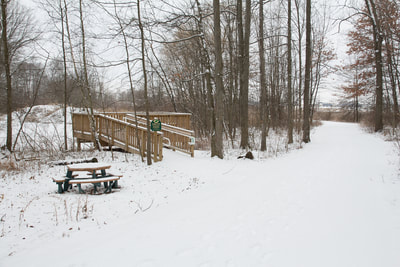
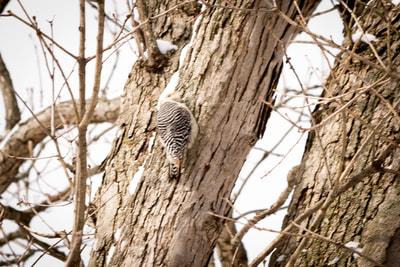



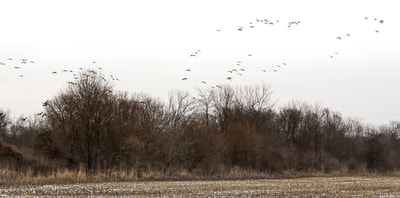


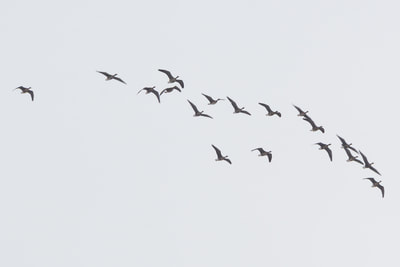

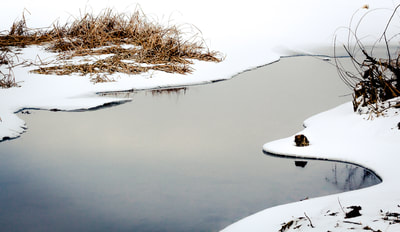



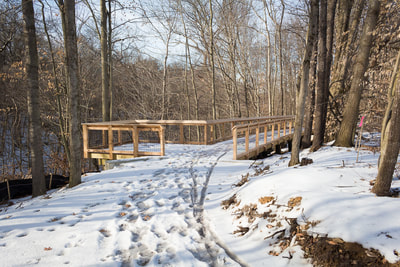


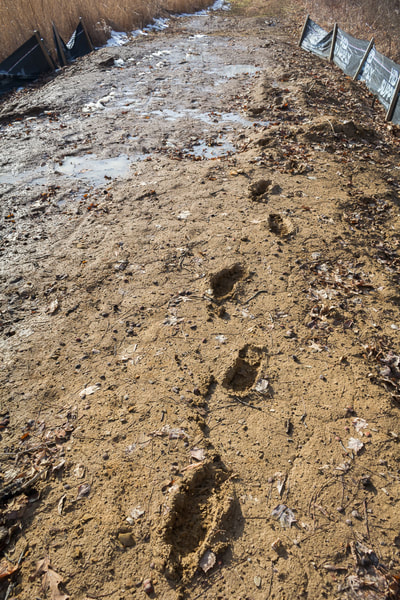

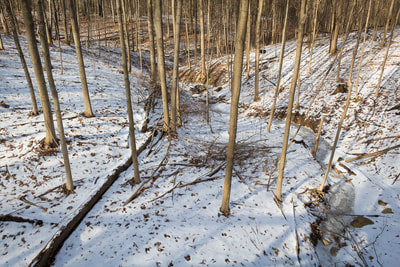
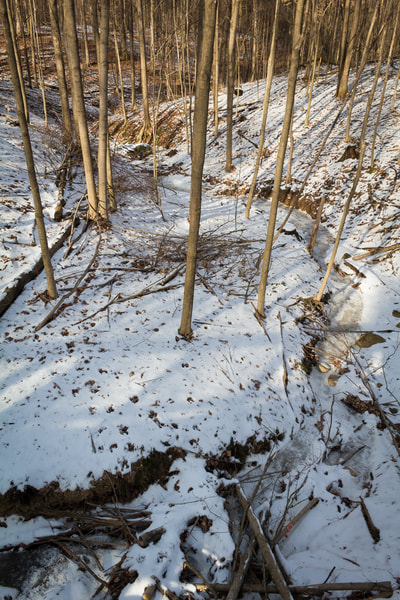
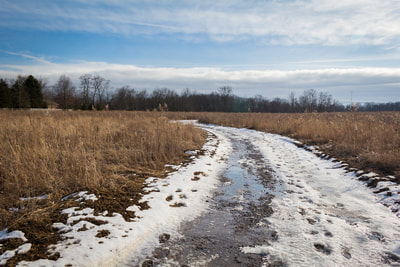
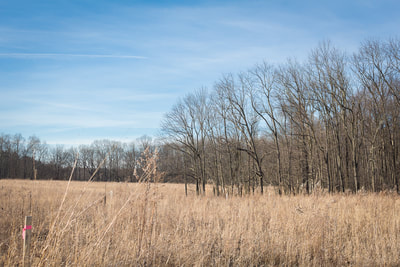

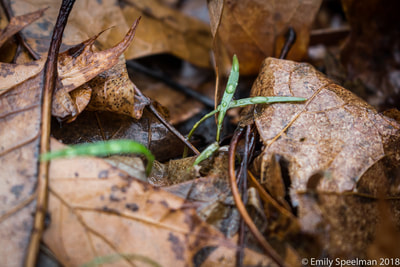
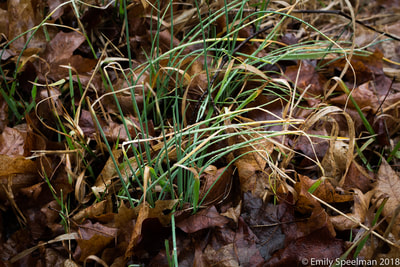


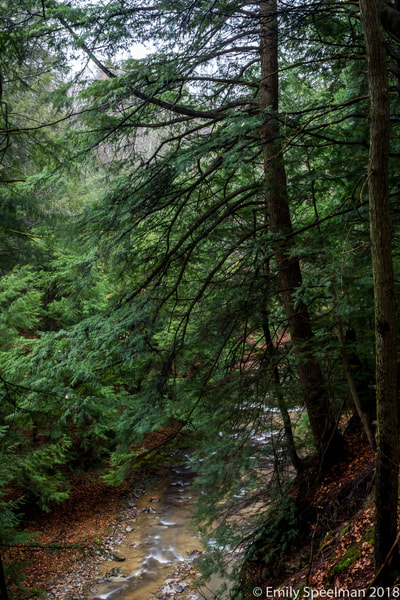



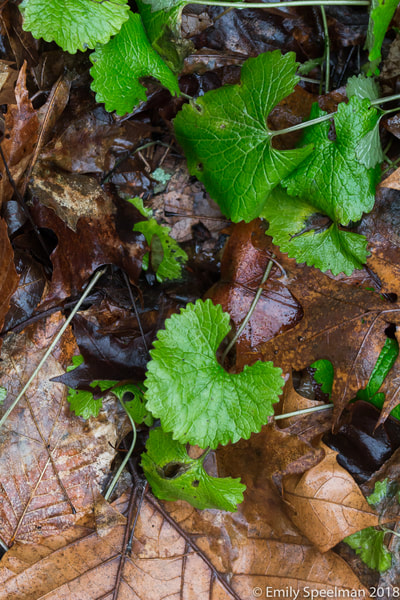
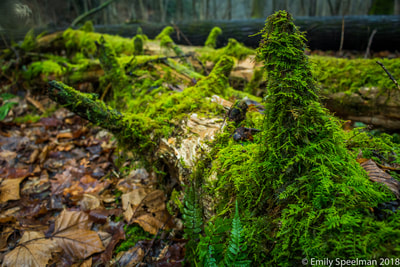


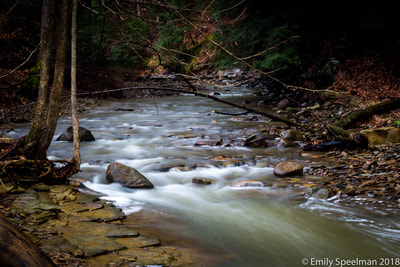



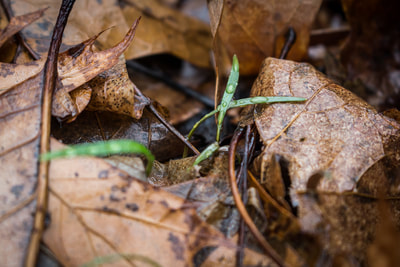
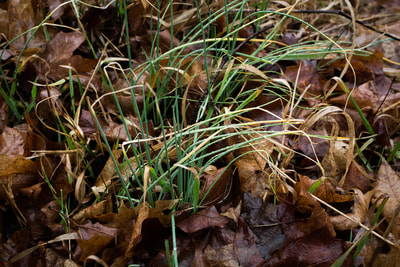


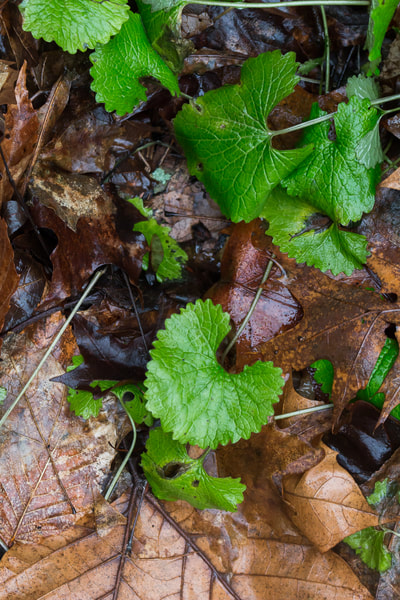

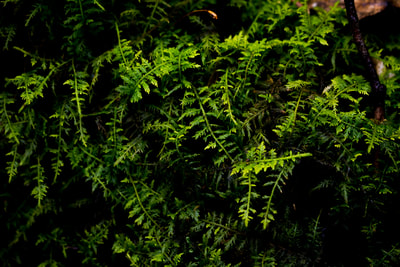

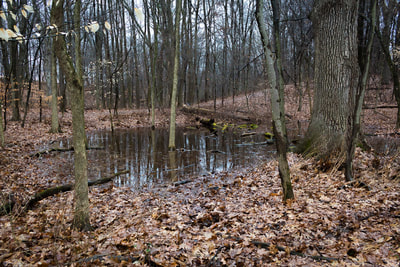





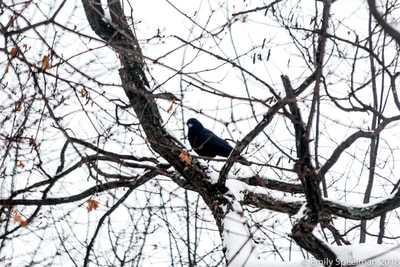

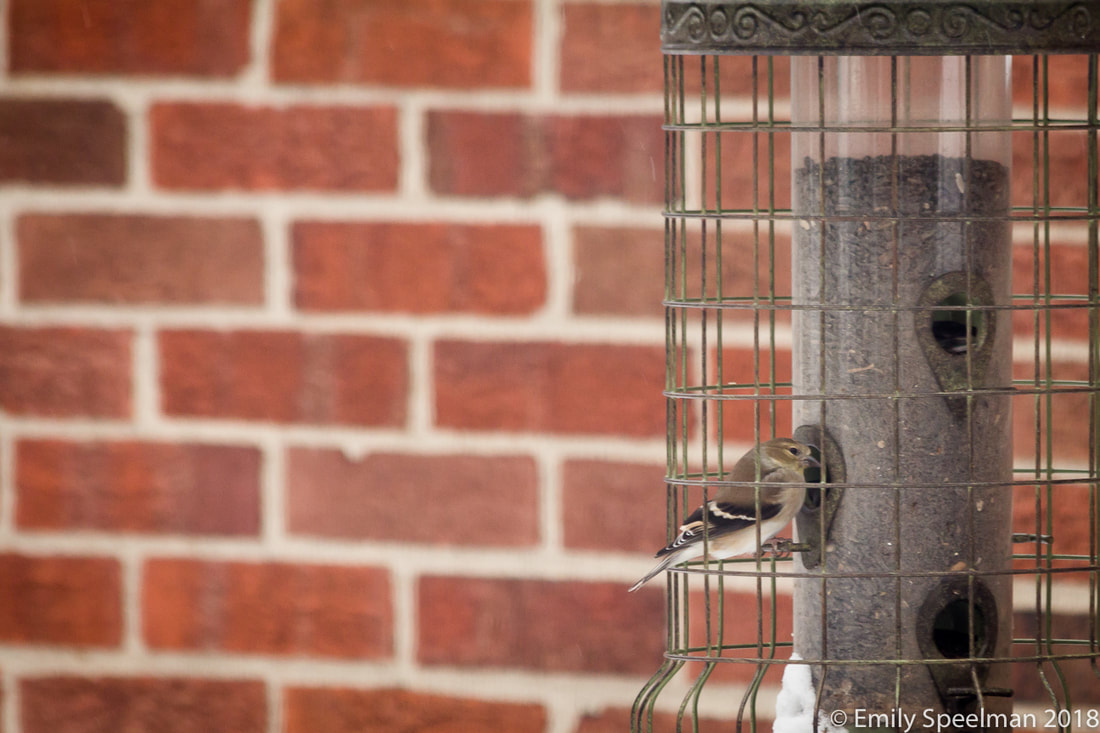
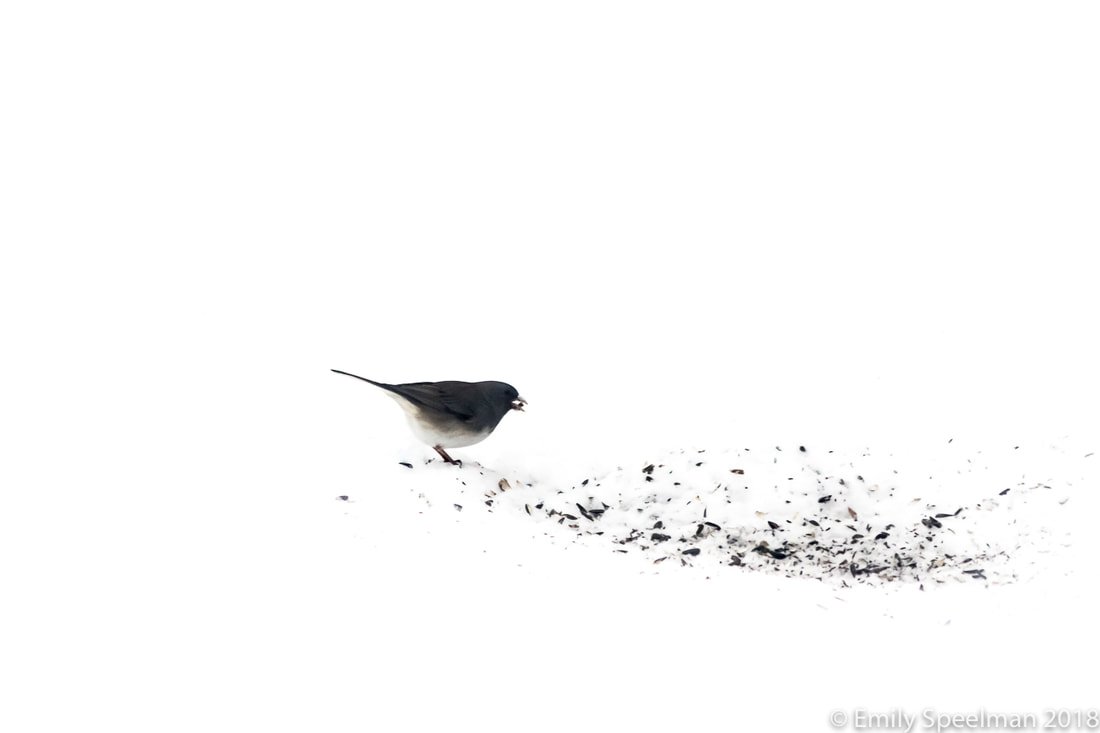
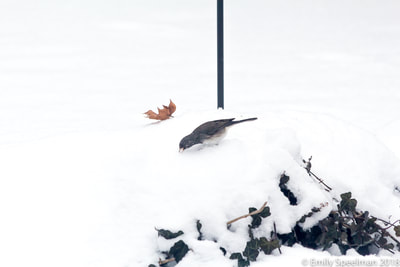

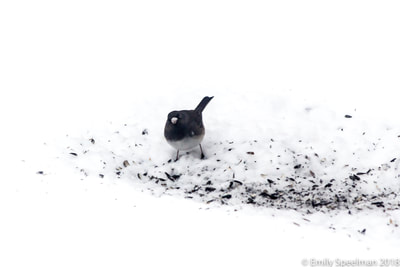
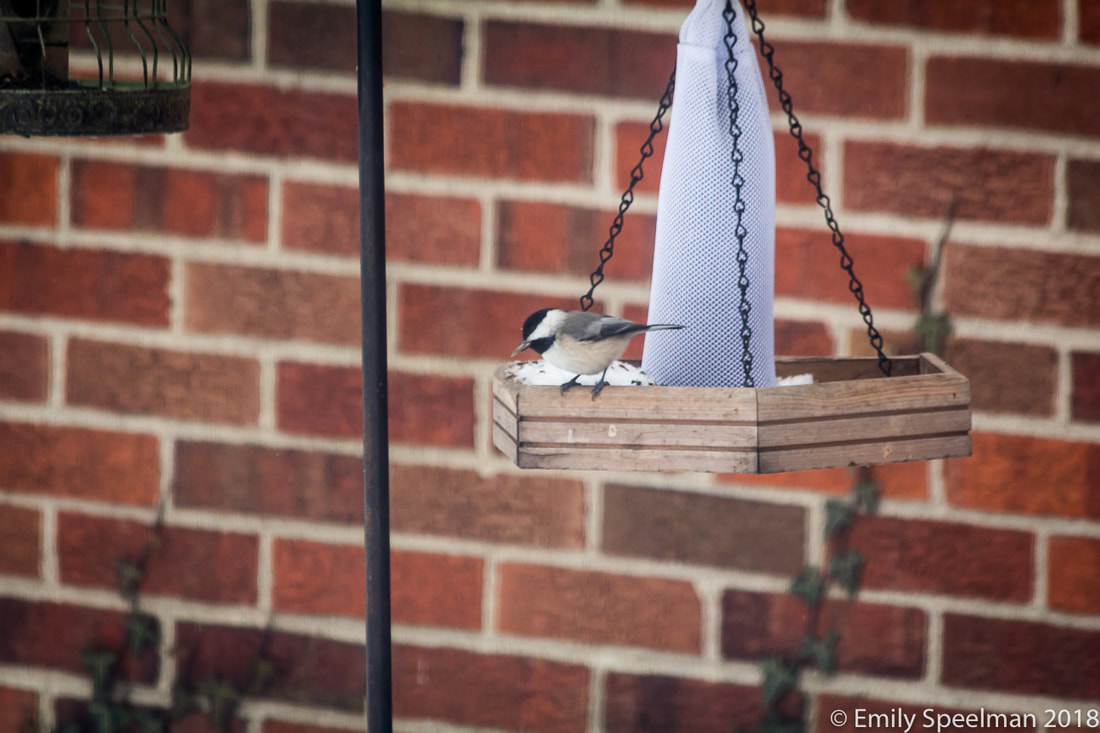
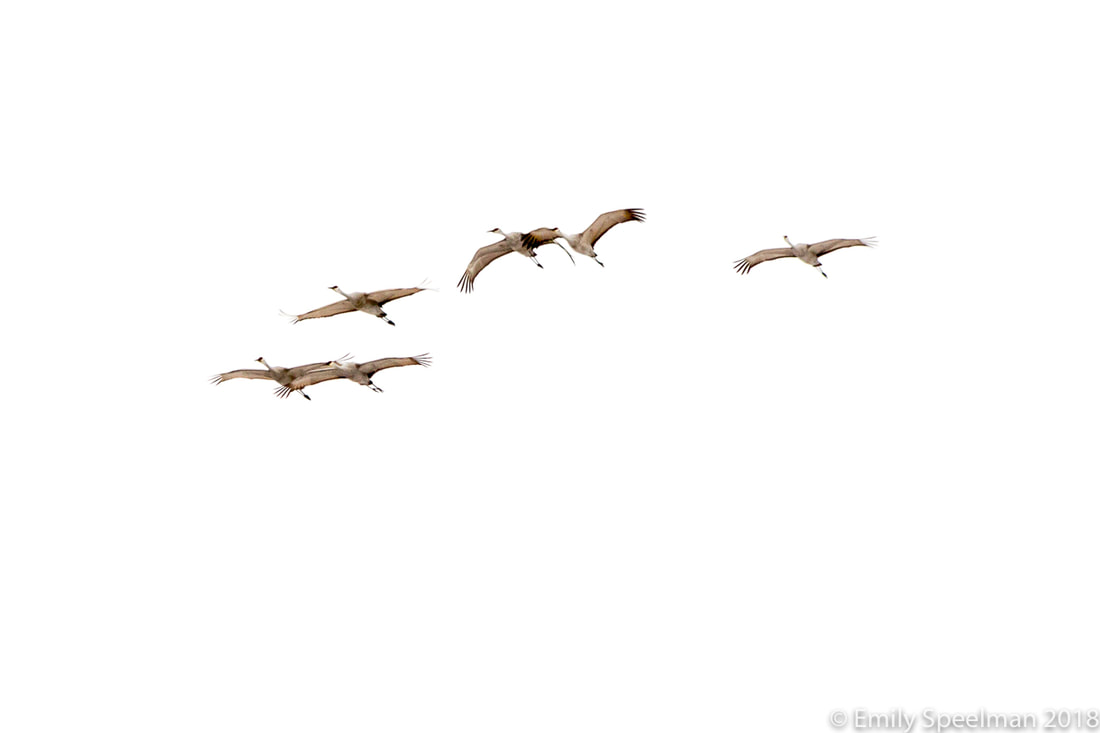


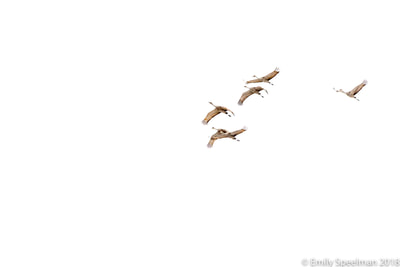


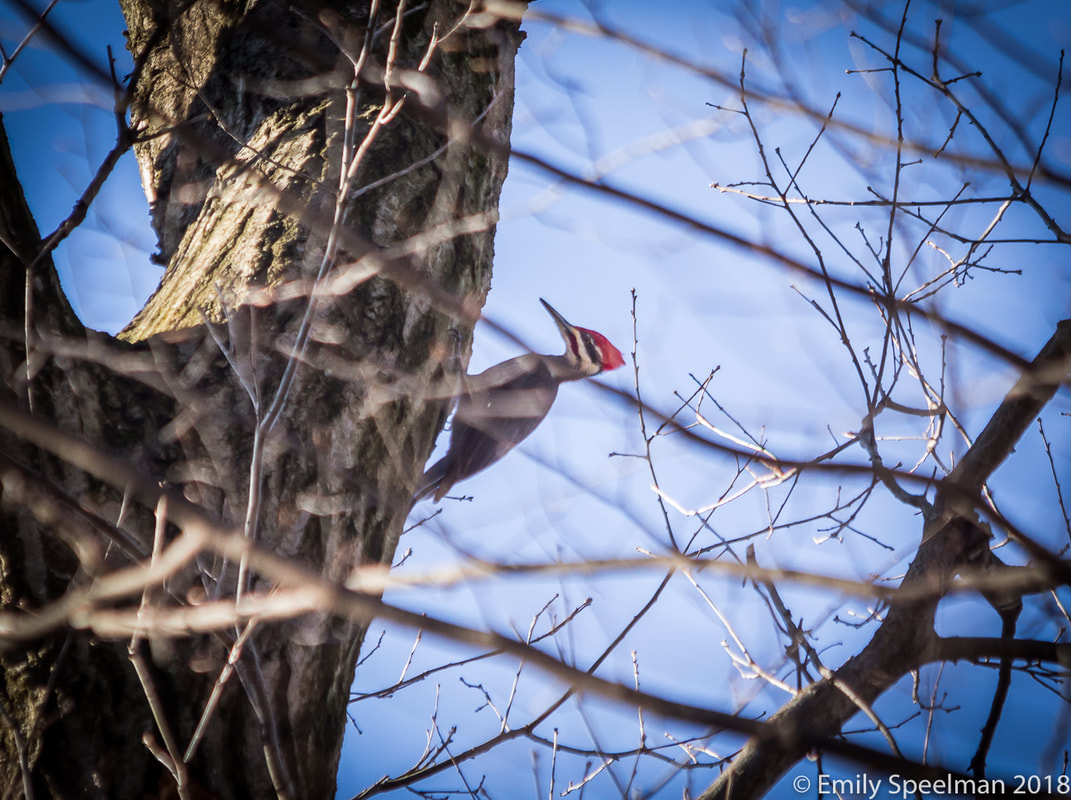
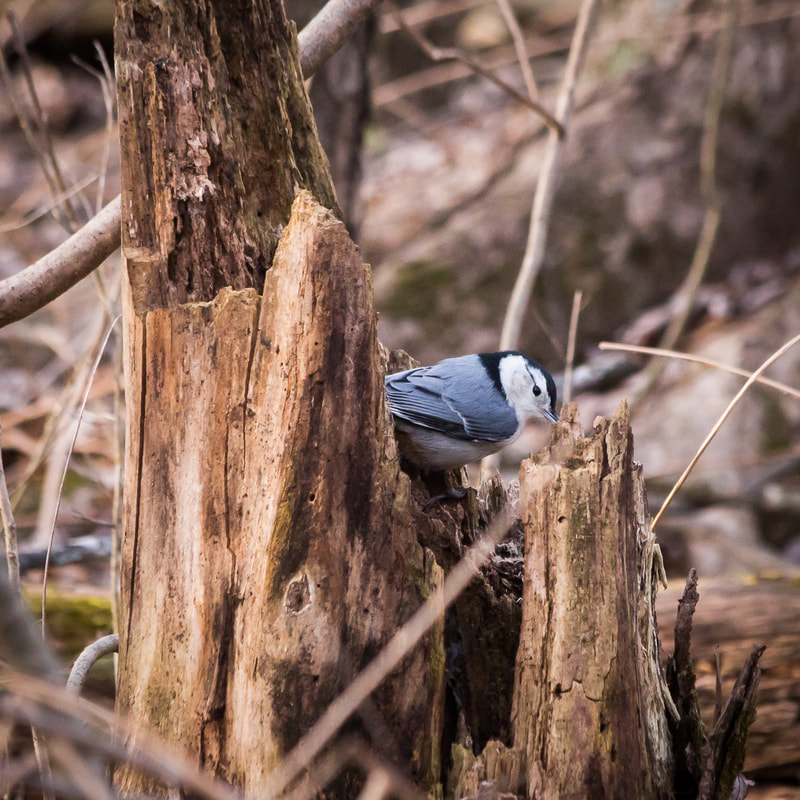
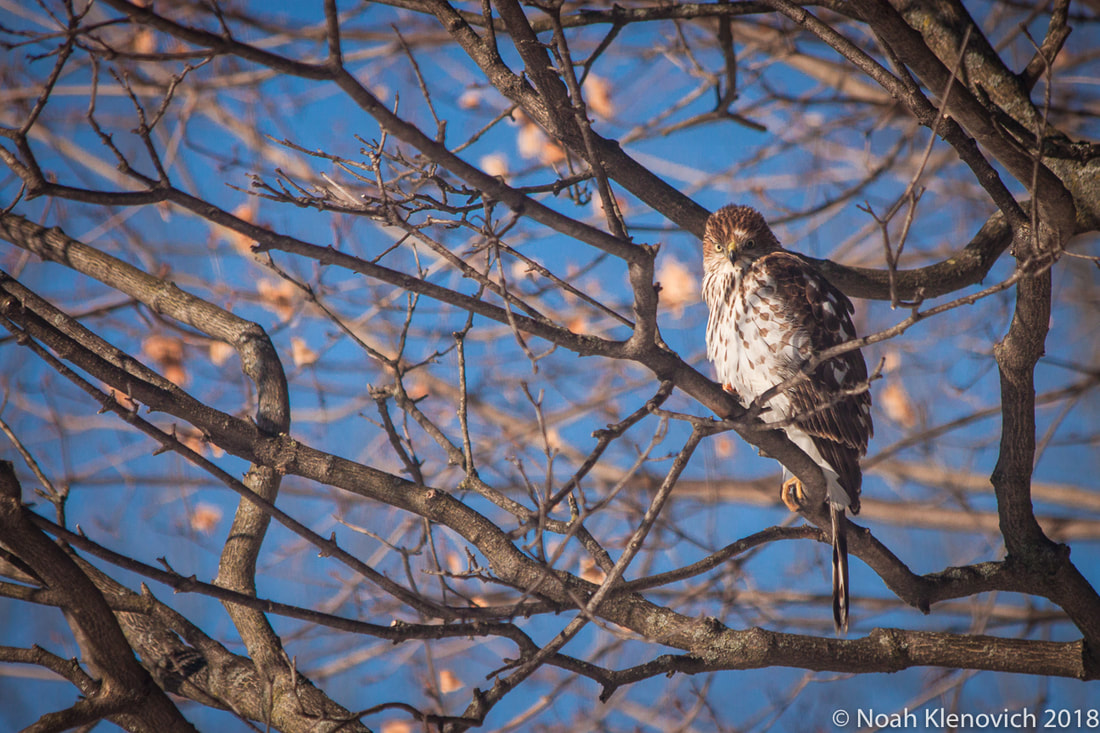

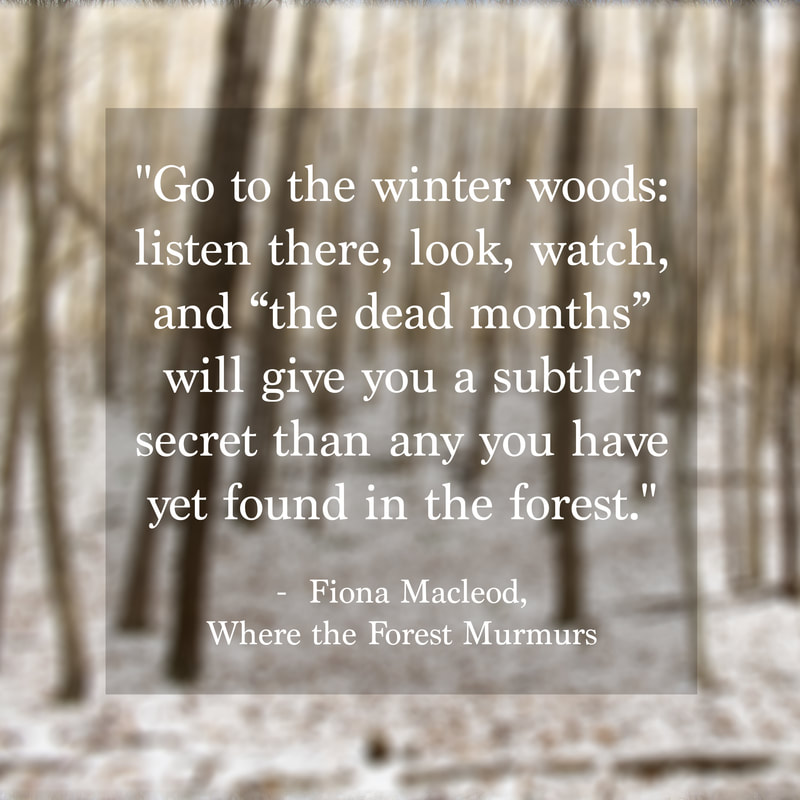
 RSS Feed
RSS Feed